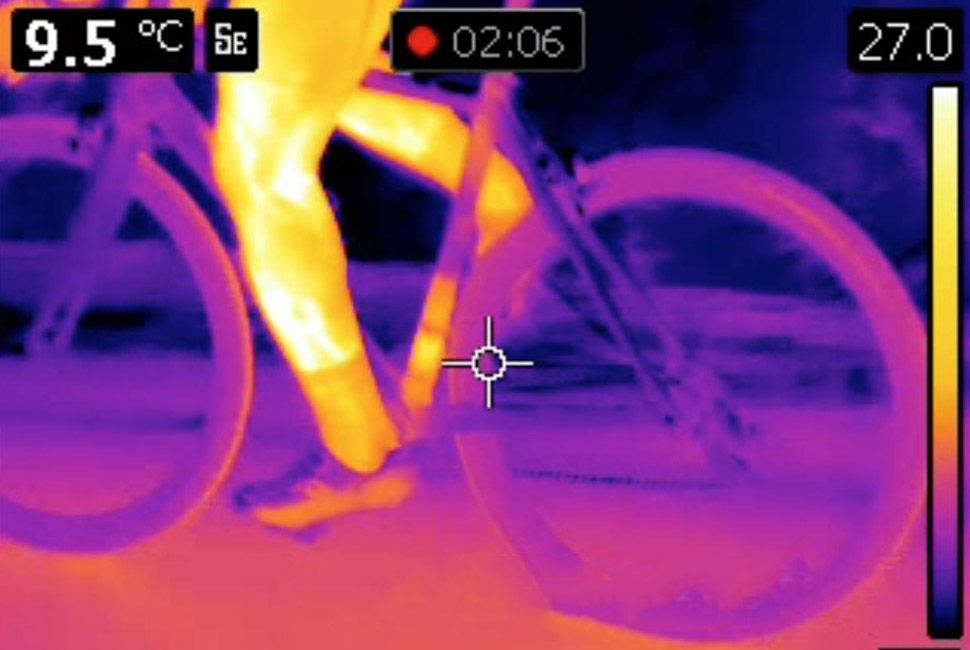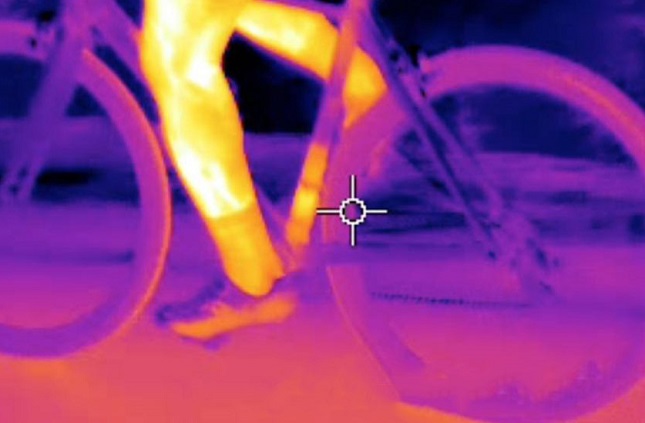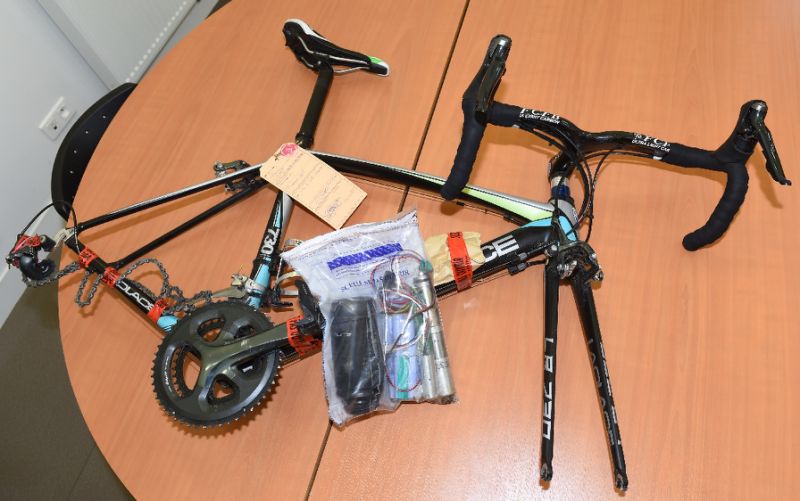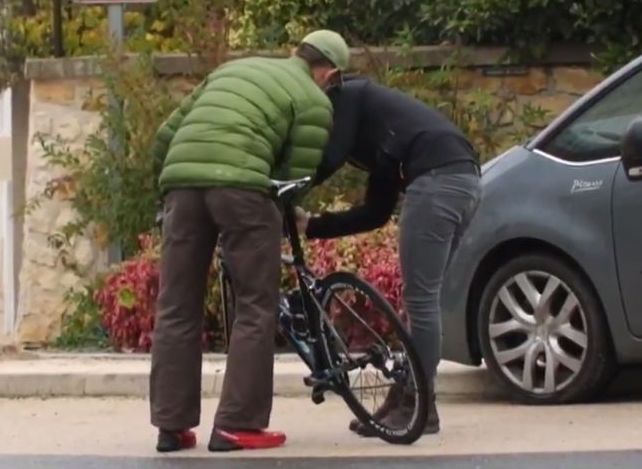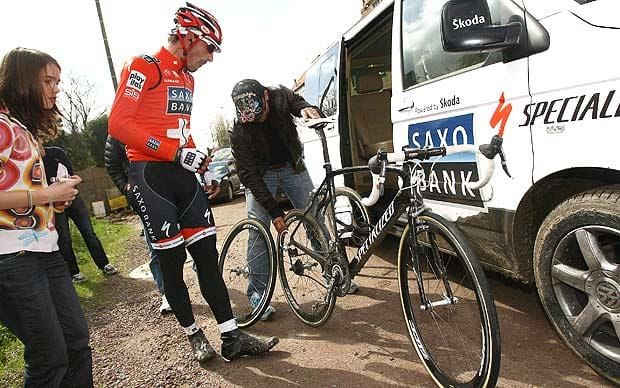Istvan Varjas, the engineer widely believed to be behind the invention of mechanical doping in cycling, has claimed that the UCI’s current methods of detection cannot pick up certain forms of mechanical doping.
Varjas told Le Monde that a motor hidden in a hub of a wheel costs €50,000. He said that for a sum four times greater than this, more sophisticated electromagnetic motors are available.
The Hungarian says that the UCI is unwilling to conduct much simpler examinations that would reveal such systems.
Varjas showed Le Monde a motor fitted inside a Specialized Roubaix bike and he gave details about its method of activation, saying that riders using it might not even be aware such a device was fitted.
“You activate it remotely via Bluetooth, a remote control or a watch,” he said. “This can be triggered from the team car and the rider may not be aware that he is equipped with a motor because he does not feel the assistance. It just feels like a very good day. This model is designed for high speeds, for time-trials.”
“You relate it to the heart rate monitor and you program it so that when you reach your lactic threshold, the motor activates for ten or fifteen seconds. Simply doing that, you gain 50 seconds of respite before returning to the threshold. This is an advantage that no doping can compensate for.”
Varjas said that he doesn’t deal directly with pro teams, but he knows that a top team takes delivery of the bikes in Monaco.
The first case of motor fraud was detected in January on the bike of Femke Van den Driessche. The 19-year-old was banned for six years and fined 20,000 Swiss francs ($20,000/18,180 euros).


